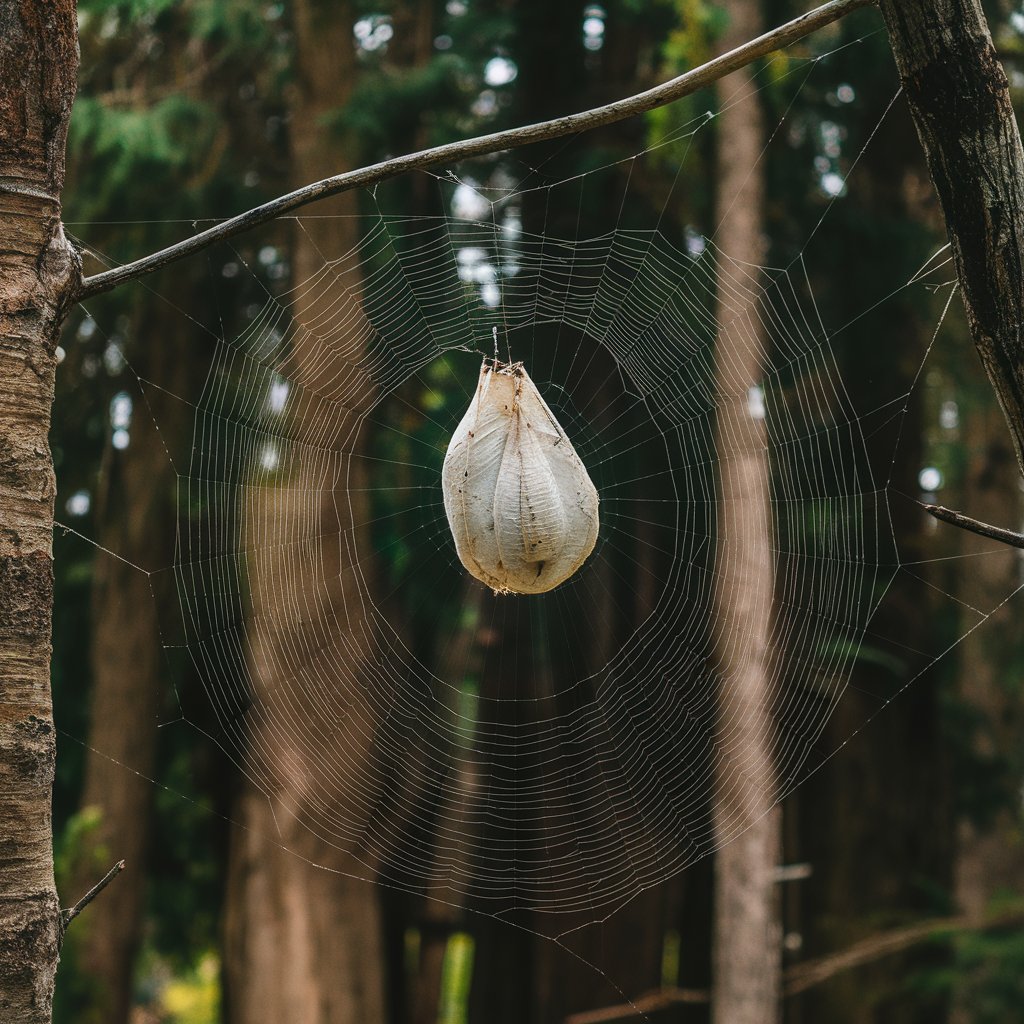Introduction
Have you ever come across the words “cacoon” or “cocoon” and wondered if it was a typo? You’re not alone. Many people mistakenly write “cacoon” when they actually mean “cocoon.” This article will clarify the correct spelling, explore the biological and cultural significance of cocoons, and explain why this common spelling mistake happens.
The Correct Spelling: Cocoon
The correct spelling is cocoon (pronounced /kəˈkuːn/). It refers to the protective casing spun by certain insects, especially caterpillars, during their pupal stage.
Etymology of “Cocoon”
The word “cocoon” originates from the French term cocon, meaning “silk casing.” It was first recorded in English in the late 17th century, referring to silkworm casings.
Correct Usage Examples
- “A butterfly emerges from its cocoon.”
- “She wrapped herself in a warm cocoon of blankets.”
- “The silkworm’s cocoon is used for silk production.”
“Cacoon”: A Common Misspelling
“Cacoon” is not a recognized English word. It is simply a misspelling of “cocoon.” This error often occurs due to phonetic confusion or typographical mistakes.
Why Do People Misspell “Cocoon” as “Cacoon”?
- Phonetics: The double “o” in “cocoon” creates a long “u” sound, which some people intuitively spell as “cacoon.”
- Common Spelling Patterns: Words like “balloon” or “cartoon” may lead people to assume a similar spelling.
- Typing Errors: It’s an easy mistake when typing quickly, just like “recieve” instead of “receive.”
The Role of Cocoons in Nature
Cocoons serve as protective casings for insects during metamorphosis. They play a vital role in the life cycles of moths, silkworms, and other species.
Insects That Form Cocoons
- Silkworms (Bombyx mori): Produce silk cocoons used in textile production.
- Moths: Wrap themselves in silk during their pupal stage.
- Certain Bees and Wasps: Use cocoons for their larval development.
Difference Between Cocoon and Chrysalis
- Cocoon: Made of silk; used by moths and some other insects.
- Chrysalis: A hard exoskeleton that butterflies form instead of a cocoon.
The Cocoon in Metamorphosis
Cocoons play a crucial role in insect transformation, following these stages:
- Egg: The insect begins its life cycle.
- Larva: The caterpillar or grub stage, where feeding occurs.
- Pupa (Cocoon Stage): The insect encases itself in a cocoon while undergoing transformation.
- Adult: The fully developed insect emerges.
Environmental factors such as temperature and humidity affect how long an insect remains inside its cocoon.
Read More About This Article: Cancellation vs. Cancelation: Which Spelling is Correct?
Cultural and Metaphorical Uses of “Cocoon”
Beyond biology, “cocoon” has symbolic meanings in language, literature, and psychology.
Metaphorical Meanings
- Personal Growth: “She emerged from her cocoon of self-doubt.”
- Psychological Comfort: “Living in a cocoon of privilege.”
- Isolation: “He cocooned himself away from the world.”
The Cocoon Concept in Different Cultures
- Eastern Philosophies: The cocoon represents transformation and enlightenment.
- Western Literature: It symbolizes protection and change.
Traditional Medicine and “Cocoon” References
Silk cocoons have been used in traditional medicine and skincare. Some common applications include:
- Silk proteins: Used in anti-aging treatments.
- Herbal medicine: Some cultures incorporate silkworm cocoons in medicinal remedies.
- Aphrodisiac myths: Some believe cocoons have healing properties, though this is scientifically unproven.
The Snuffbox Bean and Its Connection to “Cocoon”
The Snuffbox Bean (Fevillea cordifolia) is a tropical plant whose seed pods resemble cocoons. This has led to some confusion, but it is unrelated to insect cocoons.
Key Features of the Snuffbox Bean
- Found in tropical climates.
- Produces large bean-like pods.
- Used in traditional medicine in some cultures.
Personal Comfort and the “Cocoon” Concept
The idea of “cocooning” extends to lifestyle and design, representing warmth, safety, and relaxation.
How “Cocooning” is Used Today
- Interior Design: Cozy spaces designed for relaxation.
- Self-care Movement: People use “cocooning” to describe retreating into comfort zones.
- Travel Industry: Hotels and spas advertise “cocoon-like” luxury experiences.
Local Crafts and Cocoon-Inspired Art
Handmade crafts inspired by cocoons are popular in textiles and fashion. Examples include:
- Silk Weaving: Using real silkworm cocoons for fabric.
- Cocoon-shaped Art: Jewelry and sculptures influenced by nature.
- Regional Artisans: Many cultures incorporate cocoon imagery in folk art.
Conclusion
To summarize:
- The correct spelling is “cocoon”; “cacoon” is incorrect.
- Cocoons are vital in insect development and silk production.
- The term “cocoon” extends beyond biology into culture, language, and lifestyle.
- Traditional medicine and local crafts have used cocoon-related concepts for centuries.
By understanding the difference between “cacoon” and “cocoon”, you’ll never make this spelling mistake again! Next time you see someone write “cacoon”, you can confidently correct them.
